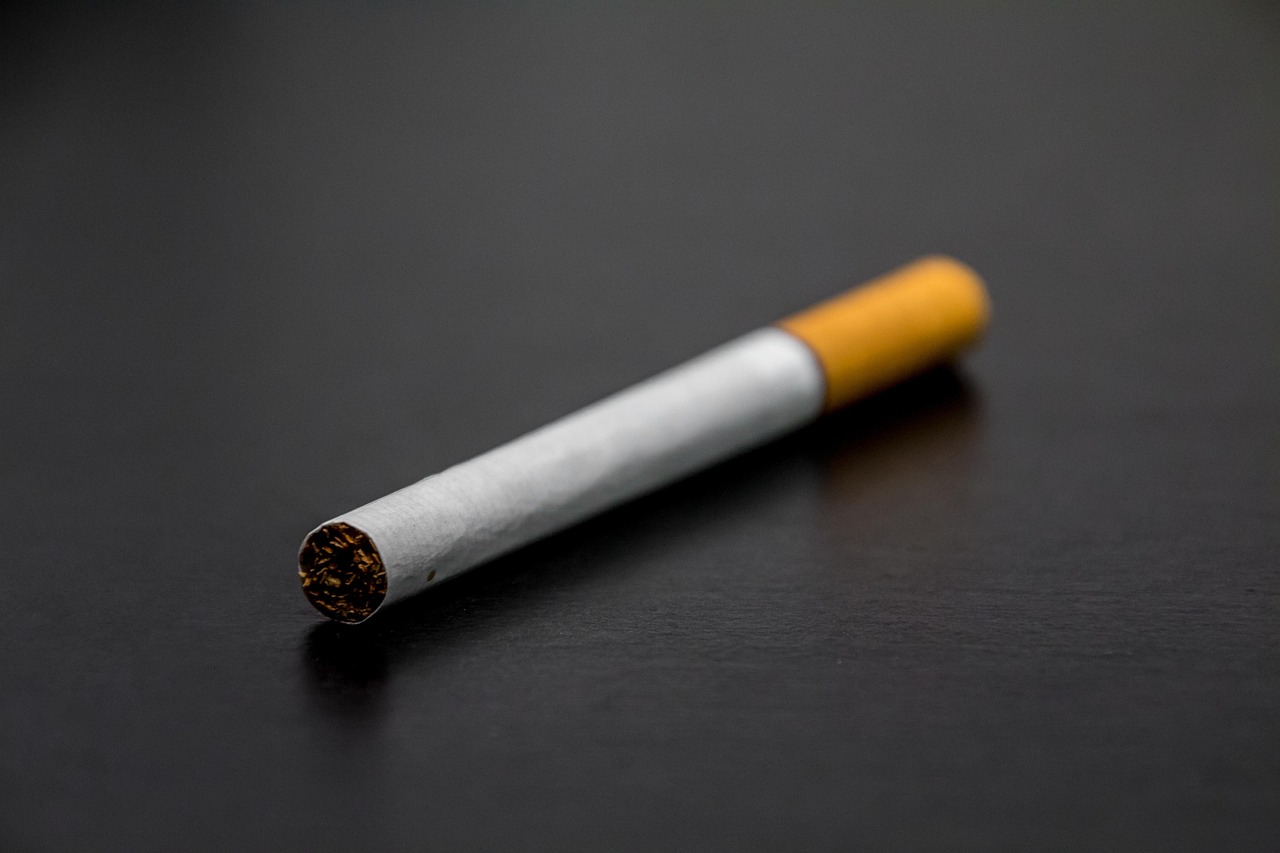India’s Tobacco Tax Puzzle: Reforming GST for Better Health and Revenue
Understanding the unfinished business of GST in tobacco control and the need for urgent reform
Introduction: Eight Years of GST – What’s Still Missing?
As India reflects on eight years of the Goods and Services Tax (GST) regime, it’s evident that this landmark reform reshaped the country’s indirect taxation structure. However, not all sectors have benefited equally. Among the most affected and arguably most neglected is the tobacco sector—both in terms of tax efficiency and public health outcomes.
While GST brought standardization and streamlined tax administration, its implementation in the tobacco industry has been patchy. India is the world’s second-largest consumer and producer of tobacco products, yet its taxation policies fail to reflect the gravity of tobacco’s health and economic consequences. The GST system was expected to unify and strengthen tobacco taxation, but inconsistencies and loopholes remain, weakening both fiscal performance and tobacco control objectives.
The Taxation Paradox of Tobacco Products
Despite its high health risks, tobacco remains under-taxed in India. The country is home to over 5,000 tobacco-related deaths every day and incurs a staggering annual economic burden of ₹1.8 lakh crore (approximately 1% of its GDP). Yet, the GST system captures less than half of this cost in tax revenues.
In 2017–18, GST collections from tobacco contributed roughly ₹53,000 crore. This figure represented about 5% of total GST revenue and a fifth of the world’s tobacco excise earnings. Still, given India’s status as a major tobacco-consuming nation, these figures suggest major inefficiencies in revenue capture.
The Structure of Tobacco Tax under GST
Under GST, most tobacco products fall under the 28% tax slab, the highest possible. Additionally, a compensation cess is levied to support revenue loss faced by states. But here’s the catch: these cesses vary widely based on the product type—beedi, cigarette, or smokeless tobacco—creating major gaps.
For instance, the cess rates are:
- Beedis: 22% (specific cess)
- Chewing tobacco: 160%
- Cigarettes: 5% + ₹4,170 per 1,000 sticks
This fragmented structure dilutes the objective of creating a unified, effective tobacco tax regime and makes enforcement difficult.
A Structural Weakness: The Beedi Loophole
Perhaps the biggest anomaly in India’s tobacco taxation is the near-exemption of beedis—a product consumed by over 70% of tobacco users in India. Beedi production remains largely unregulated and informal, and under GST, beedis are not even subject to the compensation cess if unbranded.
As a result, beedis continue to remain extremely cheap and widely accessible, especially to low-income and rural populations. This contradicts both public health goals and economic rationality. In fact, the WHO recommends that tobacco taxes should amount to at least 75% of the final retail price, yet India’s tax share on beedis is well below that threshold.
Moreover, the current cess exemption has led to manufacturers deliberately keeping their products unbranded to avoid tax, further aggravating the enforcement and revenue issues.
Economic Implications: Lost Revenue and Higher Healthcare Costs
India’s failure to levy adequate tax on tobacco, especially beedis and smokeless products, has serious implications. The country loses potential revenue that could be invested in health and development. Simultaneously, it bears the brunt of high tobacco-related healthcare costs.
With the tax share in the price of popular tobacco products remaining low—far below the 75% mark suggested globally—it becomes clear that India is missing a fiscal opportunity. A hike in tax rates, particularly the compensation cess on beedis and similar products, could significantly reduce tobacco consumption while boosting revenues.
Valorem vs. Specific Taxation: What Works Better?
One major flaw in India’s tax system for tobacco is the over-reliance on ad valorem taxes (taxes based on product value). These taxes often allow companies to manipulate prices, packaging, and labeling to minimize tax liability.
In contrast, specific taxes (fixed amount per unit) are more effective in raising prices uniformly and preventing tax avoidance. Experts argue that specific taxes are particularly effective in curbing tobacco use, especially among price-sensitive consumers like youth and the poor.
Therefore, the government must consider increasing specific cess components across all tobacco products to ensure a robust and deterrent tax policy.
The Growing Threat of Illicit Trade
Opponents of higher tobacco taxes often cite the risk of growing illicit trade. However, evidence from other countries shows that strong enforcement and high taxes can coexist. In India’s case, despite current tax structures, the illicit cigarette trade is already thriving.
The solution isn’t to lower taxes, but to improve tracking, enforcement, and monitoring systems. Countries like Brazil and Turkey have successfully implemented digital track-and-trace systems to curb tax evasion. India needs to invest in similar digital infrastructure to manage its large and fragmented tobacco market.
Fixing the System: What Needs to Be Done?
India’s tobacco tax system needs a fundamental reset. Some of the urgent reforms include:
- Eliminating cess exemptions for beedis and smokeless tobacco.
- Raising the compensation cess on all tobacco categories.
- Shifting from ad valorem to specific taxation for better compliance.
- Implementing a uniform taxation policy across product types and states.
- Investing in digital systems to monitor production and trade flows.
Additionally, there’s a need to de-link tobacco taxation from short-term revenue considerations and focus on long-term health benefits. Increasing the tax share on tobacco to 75% of its final retail price could align India with global best practices and reduce the national health burden.
Conclusion: A Public Health and Fiscal Opportunity
The GST reform journey remains incomplete without addressing the significant gaps in tobacco taxation. India has an opportunity to not just improve revenue collection but also make meaningful progress in reducing tobacco consumption.
As GST evolves, integrating stronger tobacco control measures into the framework is essential. By doing so, India can fulfill both economic and public health goals—ensuring a healthier future and a more sustainable tax system.

